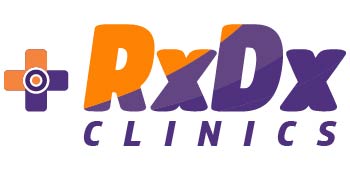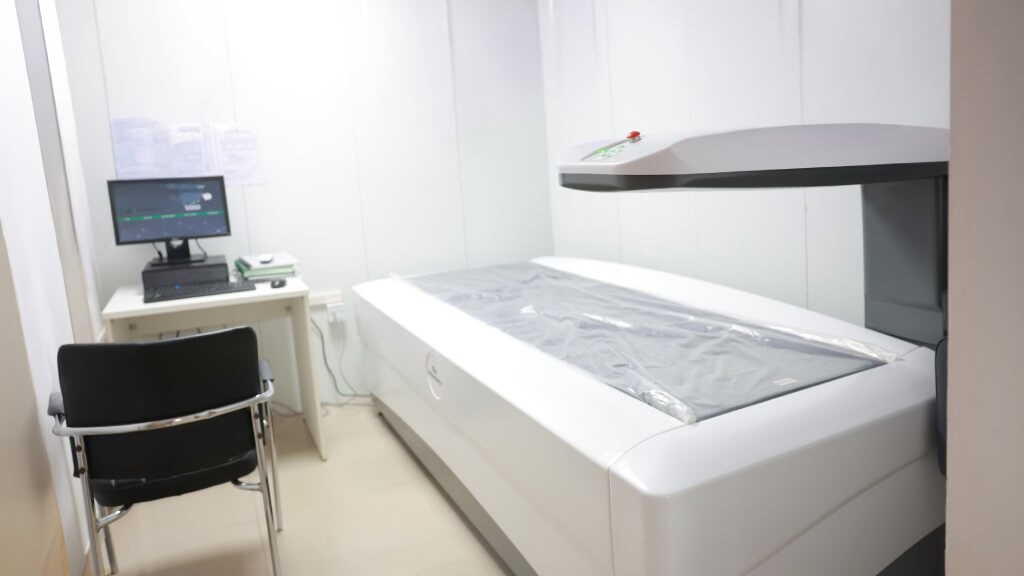When you get your DEXA scan report, you’ll see numbers called T-scores. At first glance, they may look intimidating—but they’re simply a way of measuring how dense your bones are compared to those of a healthy young adult. Understanding these scores is the first step in protecting your bone health.
The T-Score Explained
- Normal bone density: -1.0 or above
- Osteopenia: Between -1.0 and -2.5
— Early stage of bone loss
— A “yellow light”—time to act before it progresses - Osteoporosis: -2.5 or lower
— Bones are fragile, fracture risk is high
— A “red light”—requires medical treatment along with lifestyle changes
Doctors may also report a Z-score, which compares your bone density to people your own age and body type. This is especially useful for younger patients with unusual bone loss.
Osteopenia: The Warning Stage
Osteopenia doesn’t always mean medication, but it does mean attention.
- Nutrition: Boost calcium and vitamin D intake
- Exercise: Add weight-bearing and strength training to your routine
- Safety: Start fall-prevention strategies at home
- Monitoring: Your doctor may recommend repeat DEXA scans every 1–2 years
Catching osteopenia early can delay—or even prevent—the onset of osteoporosis.
Osteoporosis: Fragile but Manageable
Osteoporosis raises fracture risk significantly, especially in the hip and spine. But diagnosis is not the end of the road. Treatments include:
- Medications like bisphosphonates or denosumab
- Supplements (calcium, vitamin D)
- Physiotherapy and postural retraining
- Lifestyle adjustments and fall-proofing the home
The key is early detection and consistent follow-up.
Why It Matters
You can’t feel your bones thinning. That’s why osteoporosis is called the “silent disease.” A DEXA scan puts numbers to your risk, helping you and your physician act before fractures occur.
The Next Step
If your DEXA report shows osteopenia or osteoporosis, don’t wait—book your scan or follow-up online now and work with your doctor on the right plan. Strong bones start with knowledge.


